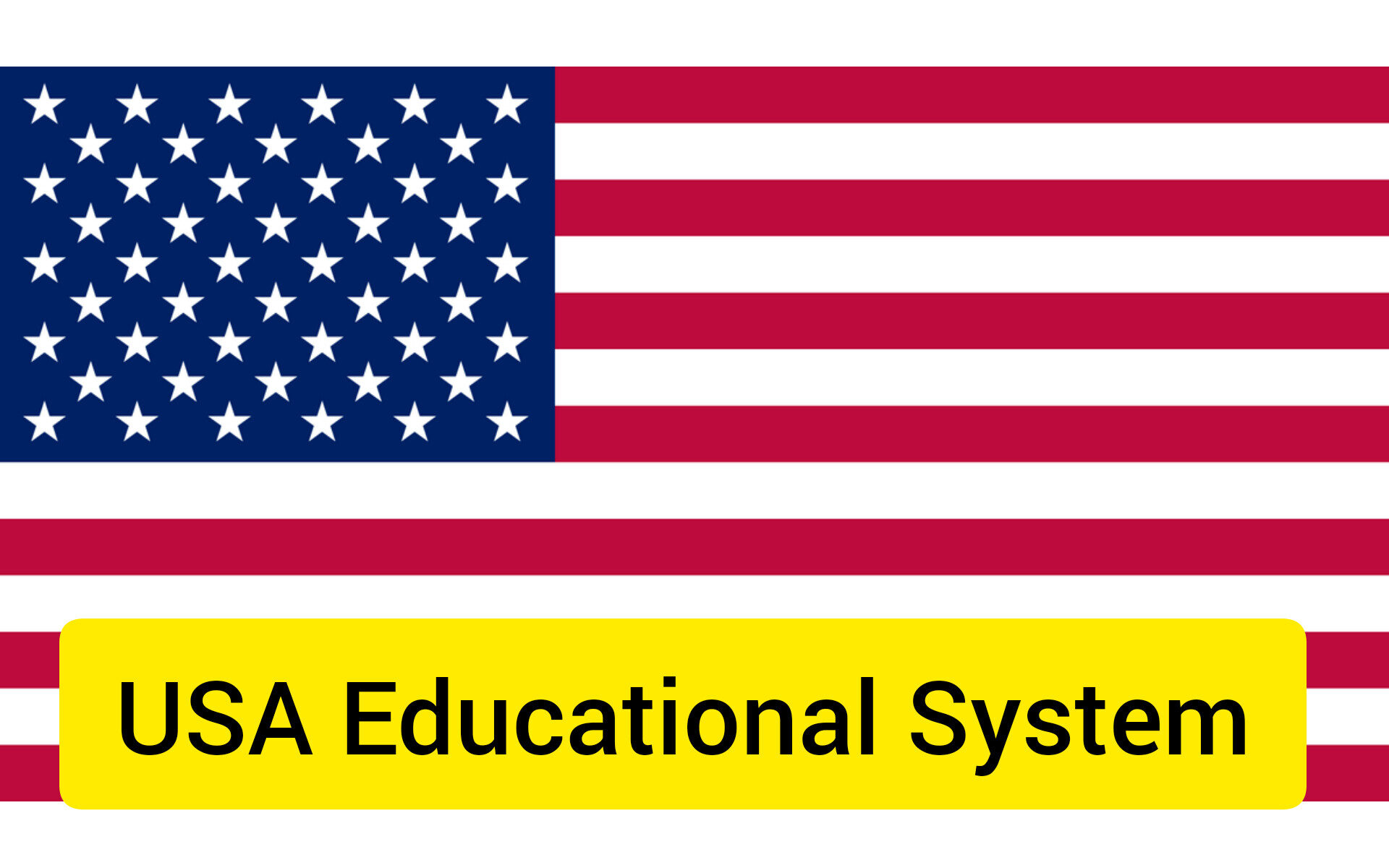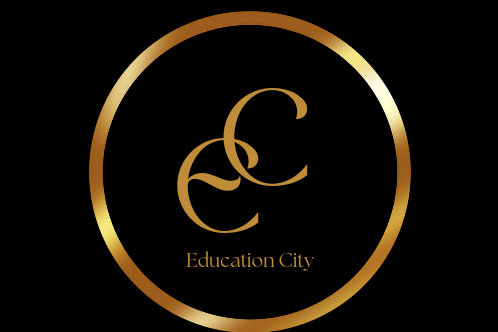
USA Educational System:-
In the broad tapestry of global education, the USA Educational System, United States stands as a beacon, presenting a diverse and dynamic education system that shapes the minds of millions of people. From the early days of primary education to the rise of the higher academy, the USA’s education system is a complex mosaic that reflects the nation’s commitment to promoting learning opportunities for all. Join us on a journey through this complex system, explore its strengths, challenges and innovations that drive it forward in the future.
As we open the threads of primary education, middle and high school experiences, quality testing, and higher education, we will gain a deeper understanding of how this system influences individuals and contributes to the intellectual landscape of the country.
Primary Education:
Primary education is based on the USA educational system of the USA, an important step that sets the tone for the student’s educational journey. Starting at the age of five, children begin a curriculum that emphasizes basic subjects such as English, Mathematics, Science and Social Sciences. While each state has its own standards, the main objective is to develop basic skills and knowledge. Primary education is not just about academics. It serves as a cornerstone for social development, laying the foundation for future learning experiences. As the students take their first step in this educational Odyssey, academicians try to inculcate the love of curiosity and learning that will accompany them during their academic journey.
Middle School and High School:
The transition from primary to secondary education marks a turning point in a student’s journey. In middle school and high school, students study a more specialized curriculum, exploring subjects aligned with their interests and possible career paths. These early years are a combination of academic rigor and extracurricular engagement. In addition to traditional coursework, students often participate in sports, arts, and clubs, promoting teamwork, leadership, and personal development. The diversity of offerings during these years encourages students to explore their passions and build a foundation for the challenges and choices that lie ahead in higher education and beyond.

Prmiary Education
A distinctive feature of the USA educational system is the prevalence of standardized testing. As exemplified by assessments such as the SAT and ACT, these tests play an important role in college admissions. They are designed to measure student proficiency in key areas such as math, reading, and writing. Although standardized testing is intended to provide an objective measure of academic ability, it has been the subject of ongoing debate. Critics argue that it may not fully capture student potential, emphasizing memorization and test-taking skills over comprehensive understanding. Nonetheless, standardized testing remains an important factor in shaping academic trajectories and influencing decisions about college admissions and educational pathways.
Higher Education:
Higher Education: The pinnacle of the educational journey in the USA is higher education, characterized by an array of prestigious universities and colleges. Known for their academic excellence and research contributions, these institutions attract students from across the globe. Higher education in the United States offers a wide variety of programs, from the arts and humanities to the cutting-edge STEM fields. In addition to academics, universities often act as centers of innovation, fostering a culture of critical thinking and exploration. With a strong emphasis on research and practical applications, higher education equips students with the knowledge and skills necessary to navigate the complexities of their chosen fields and contribute to the ever-changing landscape of society.
Challenges and Criticisms:
Challenges and Criticisms:
- Educational Inequalities:
Disparities in funding and resources among schools contribute to inequalities in the quality of education. Students in less affluent areas may face limited access to educational opportunities, exacerbating societal divides. - Standardized Testing Controversy:
The reliance on standardized testing, such as the SAT and ACT, is a subject of ongoing controversy. Critics argue that these assessments may not accurately reflect a student’s capabilities, emphasizing memorization and test-taking skills over a comprehensive understanding of subjects. - Overemphasis on Memorization:
Some critics argue that the educational system places too much emphasis on rote memorization rather than fostering critical thinking skills. This approach may hinder students’ ability to apply knowledge in real-world situations. - Lack of Emphasis on Practical Skills:
The curriculum’s focus on traditional academic subjects sometimes overlooks the importance of practical skills needed in the professional world. A call for integrating more vocational and practical training into the educational framework has gained traction. - Diversity and Inclusion Challenges:
While efforts have been made to create inclusive learning environments, challenges persist in addressing diversity-related issues. Ensuring equitable representation and fostering a culture of inclusion remains a work in progress. - Technological Gaps:
The digital divide poses challenges, with some students lacking access to essential technology for remote learning or missing out on opportunities to develop digital literacy skills. Bridging these technological gaps is crucial for ensuring equal access to educational resources.
In acknowledging these challenges and criticisms, educators, policymakers, and communities continually work towards creating a more equitable, inclusive, and effective educational system in the United States.

Innovations and adaptation:-
Innovations and Adaptations:–
- Technology Integration:
The uA’_educational landscape has witnessed a significant shift with the integration of technology into classrooms. From interactive learning platforms to virtual classrooms, technology enhances engagement and provides new avenues for personalized learning. - Project-Based Learning:
A departure from traditional rote memorization, project-based learning encourages students to apply knowledge in real-world scenarios. This approach fosters critical thinking, collaboration, and problem-solving skills. - Personalized Learning Approaches:
Recognizing the diverse learning styles and paces of students, personalized learning approaches tailor education to individual needs. Adaptive learning software and customized curriculum plans empower students to progress at their own pace. - STEM Emphasis:
A growing emphasis on science, technology, engineering, and mathematics (STEM) education aims to prepare students for the demands of a technologically advanced future. STEM programs encourage hands-on learning and nurture a mindset of innovation. - Inclusive Education Practices:
Efforts to create more inclusive learning environments have led to the implementation of diverse teaching methods and materials. Inclusive education practices aim to accommodate varied learning styles and celebrate the diversity of students. - Career and Technical Education (CTE) Programs:
Recognizing the importance of practical skills, Career and Technical Education programs provide students with hands-on experience in various professions. These programs bridge the gap between academic learning and real-world application.
These innovations and adaptations reflect an ongoing commitment to refining and evolving the USA educational system, ensuring that it remains responsive to the changing needs of students in an ever-evolving world.USA Educational System
Conclusion:
Navigating the complex landscape of the USA educational system makes it clear that it is not a static entity but a dynamic force shaping the intellectual landscape of the nation. Despite challenges and criticisms, the system continues to evolve through innovative practices and adaptations. From the foundational years of primary education to the pinnacle of higher education, the system plays an important role in shaping the minds of diverse learners. USA Educational System
The challenges of educational inequity, standardized testing controversies, and the need for practical skills &have fostered a proactive response from educators, policymakers, and communities. On the other hand, a wave of innovations, from technology integration to project-based learning, reflect a commitment to fostering critical thinking, adaptability, and a love of learning. USA Educational System
The emphasis on STEM education, personalized learning, and inclusive practices underscores the recognition that education is not one-size-fits-all. As we conclude this research, it appears that the USA educational system is a dynamic tapestry woven with threads of tradition, innovation, challenge, and adaptation. It stands as a testament to the nation’s commitment to providing the diverse array of learners they need to contribute meaningfully to the changing global landscape. As the journey continues, each student, educator, and policymaker plays an important role in the ongoing narrative of education in the United States.USA Educational System
Read more Best Education System in the World – Top 10 Countries
Dofollow Www.youtube.com/whisperedwisdom01
Read more Best Education System in the World – Top 10 Countries

Pingback: Best Medical Universities in the USA | A guide towards navigating excellence EducationCity.Blog